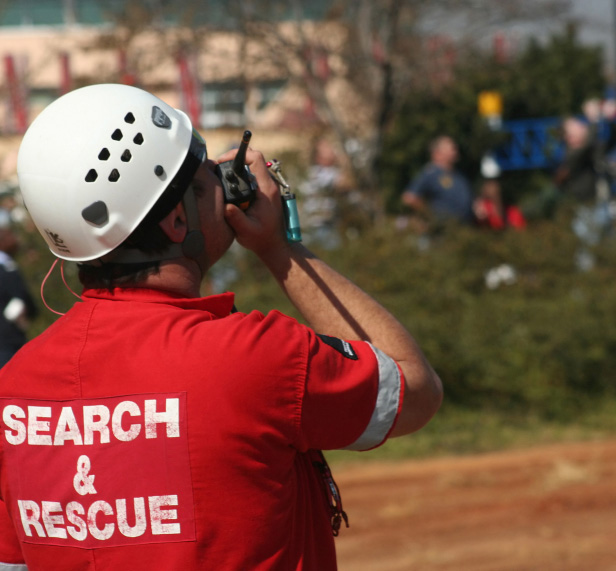
Disaster Relief and Recovery Fund
Effective responses to natural disasters require sustained involvement from donors, responding organizations, and many others. We created the Disaster Relief and Recovery Fund to respond to disasters by supporting long-term needs and rebuilding efforts.
When you donate, you are contributing to significant and lasting investments that will help hundreds of individuals and families stabilize and rebuild. You can support long-term recovery by making online donations to the fund or recommending a donor-advised fund grant. We will evaluate the area’s long-term needs and recommend funding organizations, then follow up with donors to share how the funds are distributed.
Our Disaster Relief Funding Criteria
Most disaster dollars are allocated during the emergency relief phase, covering needs like emergency food, shelter, water, sanitation, and health care. We recommend evaluating potential funding partners and grantees for sustained, long-term impact.
EXPERIENCE
COMPREHENSIVE PLAN
SUSTAINED IMPACT
EFFECTIVE PARTNER
Our long-term approach
Supporting medium to long-term community needs in response to disasters and tragedy. Our guidelines and recommendations for funding disaster and tragedy recovery:
-
Support organizations with long histories in the affected community, and ones with community-centric approaches. Many national and international organizations have worked in affected areas for decades, establishing relationships with communities and community-based organizations. Supporting such groups helps ensure donations achieve maximum impact on the ground.
-
Make multi-year commitments to rebuild public goods and community. Sustained support in the wake of a major event is vital. Donations that encourage close collaboration among local and federal governments and community-based organizations are especially effective. They help to rebuild physical structures and/or social fabric.
-
Support underfunded sectors. The sector-specific areas of protection, advocacy, transparency, and provision of psychosocial support are critical to the success of any recovery strategy. However, they are often very underfunded. We support these underfunded sectors to improve potential for long-term recovery and healing in the wake of tragedy.
-
Support risk reduction and preparedness efforts. Advance preparation can help mitigate loss in future events. For disaster preparedness, this includes support for alert and communication systems, disaster-proof construction, agricultural planning, and operational contingency planning.
Want to learn how you can help?
We can help you make lasting investments helping thousands stabilize and rebuild after disaster strikes.
